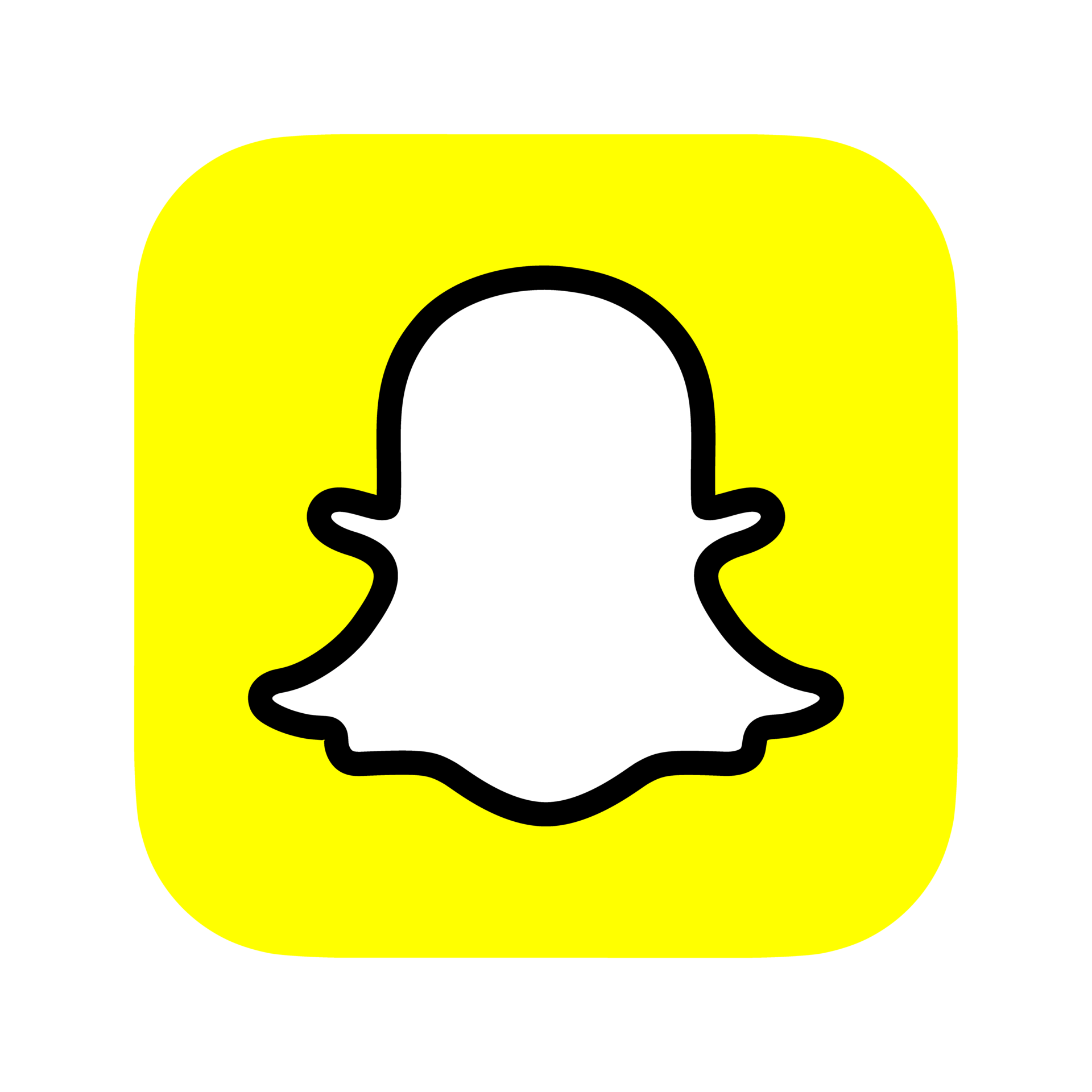It feels like everyone is always chatting, sending quick pictures, and making video calls with their friends these days. You can even catch up on stories and see what's popular, all right from your computer. This way of staying in touch has truly changed how we share bits of our day, allowing us to connect with people near and far, making our digital lives feel a bit more immediate and engaging. It’s a way to feel close, even when there's a good bit of distance between us.
This whole idea of quickly sharing what's happening, whether it’s a quick message or a short video, has become a very common part of how we interact. It's about grabbing those fleeting moments and putting them out there for others to see, or just for a quick chat. You can log into a familiar platform right on your web browser, which makes it pretty simple to keep up with friends and family, no matter where you are or what device you happen to be using at the time.
This digital space lets you easily talk with your friends, look at stories from people all over the planet, and even check out what's new in a discovery section. It really seems that life gets a little more enjoyable when you focus on what's happening right now, rather than getting caught up in things that are long past or far in the future. There's something quite appealing about the ease of these quick interactions.
- Kat Dennings See Thru
- Vince Papale Sandy Bianchini
- Katharine Mcphee Partner
- Randy Travis
- Valerie Harper Net Worth
Table of Contents
- What's Happening with "Snap"?
- How Does "Snap" Connect People and Ideas?
- Getting Help with "Snap" Challenges?
- What "Shows" When We Share on "Snap"?
- Is There a "Clear" View of Your Digital Presence?
- Thinking About "Snap" Content and Its Reach?
- How Does "Snap" Help Us Live in the Moment?
What's Happening with "Snap"?
So, when we talk about "snap," it really means a bunch of different things in our daily digital lives, doesn't it? For many, it brings to mind a popular way to chat, send quick pictures, and make video calls with your buddies. You can even watch short stories and see what's popular in the spotlight section, all from the comfort of your own computer screen. It's a pretty handy way to keep up with what everyone is doing, more or less, without having to pick up your phone every single time.
You can just log in to this particular platform right on the web, which makes it quite simple to chat and make calls with your friends. This tool, you know, it just lets you talk with your friends in an easy way, look at stories from folks all over the globe, and even check out the news in a special discovery area. It's pretty cool how it brings so much together in one spot, actually, making it a fairly straightforward experience for most people who want to stay in touch.
It's often said that life is more enjoyable when you're living in the moment, and this kind of platform seems to lean into that idea. You can try the new version of this tool on your computer to chat, call your friends, use fun lenses, and do a whole lot more. It's really about joining in and grabbing those fleeting bits of life with fun photos and videos, creating little memories that you can share or keep for yourself, which is kind of neat.
You can also sign up for an account without any cost and share your own stories with your friends and family. It's a pretty open way to connect. Plus, you can look at and even manage all the active snaps you've sent to a special map feature—these can pop up on that map and other places within the platform. It's quite interesting to see how your shared moments become part of a larger, visible collection, you know, showing up for others to see.
For those times when you might need a little help, there are places to go. You can find tips and tricks, get answers to common questions you might have, and generally get some assistance if something isn't working quite right or if you're just trying to figure something out. It's good to know there's support available, because sometimes, things can be a little confusing, right?
You can also find your favorite profiles, try out different lenses and filters, and check out popular videos in the spotlight section that are connected to stories. It's a bit like having a curated feed of things that might interest you, making it easier to discover new content or just enjoy what others are sharing. There's always something new to see, it seems, which keeps things fresh.
There are even specific help resources, like visiting a support site to understand how this tool works for you, or learning how to send a snap to the spotlight area. People also ask what a public profile on this platform is all about. These questions show that folks are really trying to get the most out of their experience, figuring out how to use all the different features that are available, you know, to make it work for them.
And then there's the stories feature, where at the top of the "send to" screen, you'll see all the stories you can add to, including your own story and the map feature, and more! You can just swipe to the left from the camera to open up these stories. It's a pretty simple way to share what's happening with a wider group, or just with your closest pals, depending on how you set things up, which is pretty cool.
How Does "Snap" Connect People and Ideas?
Beyond just the social side, the idea of "snap" also pops up in other interesting places, connecting people and their thoughts in different ways. For example, there's a recent release of a cloud service that now includes sound recording abilities on certain mobile devices and a new way to get tilt sensor data from your phone or tablet. This kind of progress helps creators and developers build even more interesting things, allowing them to gather new kinds of information, which is pretty neat.
Then there's "Snap!6," which is a programming environment, and it's really focused on how things can grow and expand. It brings together a team of researchers from a well-known university, engineers from a big software company, and educators from many different countries. They're all working together, even though they might be thousands of miles apart, online. It's a pretty good example of how diverse groups can collaborate on complex ideas, more or less, using digital tools to bridge the distances.
Sometimes, the word "snap" can even refer to something that's generally a piece of rhythmic work. This might seem a bit different from social apps or programming, but it points to the idea of quick, distinct elements coming together to form a larger whole. It's a pretty broad term, actually, that can describe things that are short and impactful, whether it's a sound, a picture, or even a line of code, you know, something that just clicks.
There's also a community around a game called "MARVEL SNAP," where people gather on a discussion board to share the latest news and information, find good articles, and just talk about their creations. It's a lively place for fans to connect and discuss something they enjoy, which is pretty common for games these days. It just goes to show how the word "snap" shows up in various contexts, bringing people together around shared interests, which is kind of fun.
Getting Help with "Snap" Challenges?
When you're dealing with anything digital, sometimes you just need a little bit of help, right? There's a list of very useful tips for something called "the snap editor," for instance, in case you're not quite sure how to use it. It's good to have these kinds of resources, because nobody knows everything, and learning new tools can be a bit tricky at times, you know, especially if you're just starting out.
This information is often presented as a wiki post, which means anyone can actually make changes to it. Of course, there are rules for editing that you need to follow, but the idea is that it's a shared effort to build up helpful knowledge. It's a pretty collaborative way to get information out there, allowing many people to contribute what they know, which is usually a good thing for everyone involved, in a way.
Then there's the question of how people view "snap packages" in the world of computer software. Some operating systems already have their own ways of managing software that have been around for many years and work quite well, both in terms of being dependable and easy to use. So, people often wonder where these new "snap" ways of packaging software fit in, you know, how they compare to what's already out there and working for so many.
Sometimes, the challenges are a bit more personal. Someone might need help with a "snap task" for their child, for instance, who is apparently at their wits' end trying to figure it out, but their teacher isn't providing much assistance. And the parent might feel completely lost, having tried a few things but without much luck. It just goes to show that these "snap" related issues can pop up in all sorts of places, even in school assignments, which is pretty interesting.
There are also stories about people putting a lot of time into designing levels for a game, making them, and then testing them out. One person shared their creation, which was a platformer game with a new menu system and a difficulty curve that felt more natural. It's a pretty big effort to create something like that, and it shows the kind of dedication people have to making things work well, you know, getting all the little details just right.
And then there's the desire to put in a "drag & drop" feature in something. But sometimes, when you try to do that, all the things at the mouse position react to the "touching" action, which isn't what you want. This kind of problem is pretty common when you're building interactive elements, and it just means you have to figure out how to make only the right things respond, which can be a little bit of a puzzle, honestly.
What "Shows" When We Share on "Snap"?
When we share things on these platforms, especially with something like "snap," there's a natural question about what actually becomes visible to others. It's not about anything bad or unintended, but simply about how our moments get seen. For instance, you can look at and manage all the active snaps you've sent to a special map feature—these can pop up on that map and other places within the platform. So, in a way, your shared moments are out there, showing up for people to see, which is just how the feature works, you know.
Stories, for example, are designed to be viewed from around the world. When you put something into your story, or when you contribute to a public story, that content becomes accessible to a wider audience. It's part of the experience, that your little piece of life can be seen by many. This kind of sharing means that what you put out there has a chance to be seen by friends, family, and sometimes even people you don't know, which is pretty much the point of sharing on a global scale.
Then there are public profiles, which are, by their very nature, set up to share information. When you have one of these, you're choosing to make certain aspects of your digital presence available for others to discover. It's a way to present yourself or your content to a broader group, allowing people to find you and see what you're sharing. This visibility is a key part of how these platforms function, allowing for connections to be made based on what people choose to put out there, you know, for everyone to see.
Is There a "Clear" View of Your Digital Presence?
Thinking about our digital presence, it's fair to ask if there's a very clear or "bare" view of what we share online. Again, this isn't about anything improper, but rather about the straightforward visibility of our content. When you share moments, they are meant to be seen. Whether it's a quick photo or a video, the purpose is for it to be viewed by others, making your experiences a part of the shared digital space. It's a pretty direct way for your content to be out there, for people to look at, which is kind of the whole idea.
Content that appears on the spotlight section, for instance, is there because it's popular and meant to be discovered by a wide audience. When you submit something to spotlight, you're essentially putting it on a very visible stage. This means your
Related Resources:



Detail Author:
- Name : Prof. Liliane D'Amore V
- Username : griffin.gislason
- Email : ysenger@hilpert.net
- Birthdate : 1977-03-07
- Address : 511 Asia Lights Trompfort, MA 66806-0931
- Phone : (562) 274-8522
- Company : Rowe and Sons
- Job : History Teacher
- Bio : Non maxime sit culpa tenetur nobis impedit ut. Sit est quia doloribus fugit omnis. Sed ipsa tempora architecto excepturi temporibus.
Socials
instagram:
- url : https://instagram.com/sbalistreri
- username : sbalistreri
- bio : Accusamus voluptatem voluptas iste perferendis. Atque assumenda nobis ea expedita distinctio animi.
- followers : 1788
- following : 1857
facebook:
- url : https://facebook.com/sandrine_balistreri
- username : sandrine_balistreri
- bio : Corrupti non provident dolorum aliquam iusto dolorem.
- followers : 3010
- following : 2481
linkedin:
- url : https://linkedin.com/in/sandrine3454
- username : sandrine3454
- bio : Qui autem quia ut natus praesentium fuga quo.
- followers : 4106
- following : 1644
twitter:
- url : https://twitter.com/sandrine_id
- username : sandrine_id
- bio : Assumenda quaerat iste doloribus porro est reprehenderit. Placeat eos voluptates expedita. Sit natus fugit officia provident cum sit saepe.
- followers : 5800
- following : 1562
tiktok:
- url : https://tiktok.com/@sandrine_xx
- username : sandrine_xx
- bio : Illo blanditiis vero sed deserunt dolorem suscipit.
- followers : 4270
- following : 977